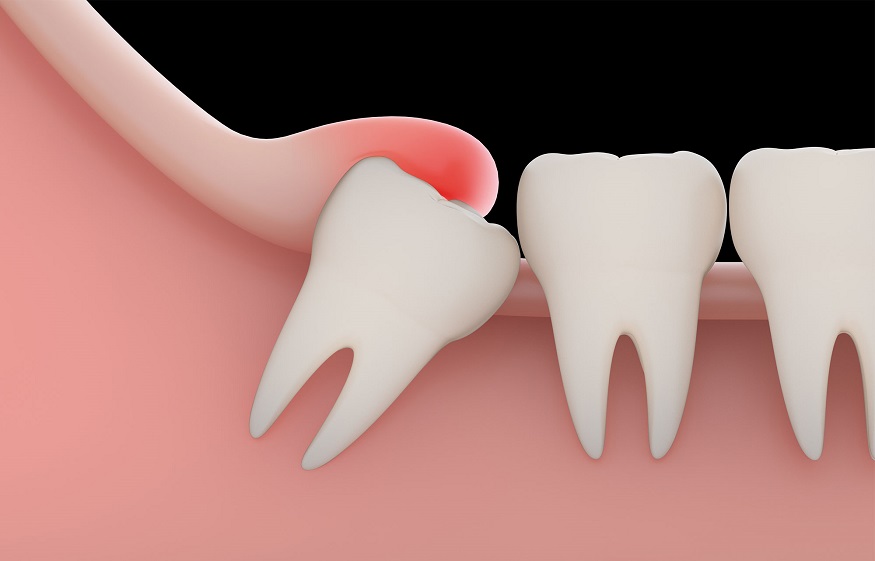It can be of great help for teeth and jaw structure, but it can also be a common source of dental and jaw problems for many people. This is usually the end of the molars in adults. They will grow on the back of the upper and lower jaw bones. When a person has a healthy and correctly positioned jaw, teeth can be a valuable asset or benefit to them. Circumstances can provide excellent physical support for the placement of a dental bridge. In addition, you may have the option of replacing a missing molar near you. The real problem occurs when a person’s jaw is not positioned exactly, or even if it is not large enough to support developing wisdom teeth, they can twist on impact or explode sideways. When this situation arises, it is possible to prevent the development of a tooth through the roots of the gums, bones or even other teeth. In addition, all three together can help prevent tooth development.
When should these teeth be removed?
Your child’s dentist will keep an eye on their teeth throughout the growing up period, so X-rays are essential for your child’s growth. If there are problems with these teeth, many dentists recommend immediate removal, usually within a year or less, depending on the rate of development. Since a large number of mouths are too small to allow wisdom teeth to reach their full size, an assessment and recommended extraction will take place when your child is 16 to 19 years old. Each child’s height is unique; therefore, ask your dentist when he or she will recommend wisdom tooth extraction Singapore for your child. The signs of a required removal are usually obvious:
- Suffers from tooth decay.
- There is an infection, swelling, or pain.
- Inflammation of the gums in the area of the wisdom tooth.
- The teeth are partially exploited, which makes them more vulnerable to infections and bacteria.
- There are tumors or cysts (usually rare).
- You have an orthodontic, periodontal, or restorative treatment plan, and your wisdom teeth will make these treatments less effective.
- There is a check (for example, X-ray) of misalignment; they are angled in any direction other than vertical or below the second molar.
What is the procedure for removing a wisdom tooth?
Once it has been determined that your wisdom tooth is causing problems and discomfort, it is usually recommended to have it removed by an experienced and trained general dentist or dental surgeon. Local anesthesia is applied to remove the tooth without worry. Many people prefer sedatives, so they have little or no experience with tooth extraction. Then a trivial surgery is performed in which the bone and tissue around the wisdom tooth is detached so that the tooth can be gently pulled out of the socket. A sufficient number of stitches may be required to close the surgical site and accelerate the healing of the overlying tissue.

